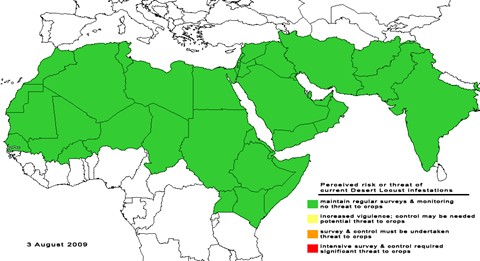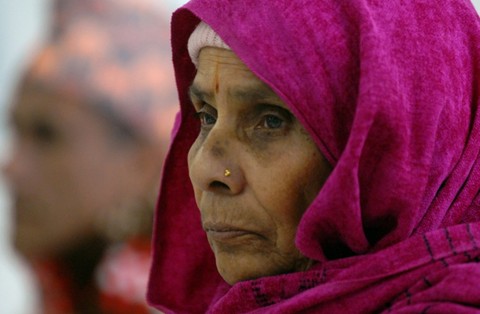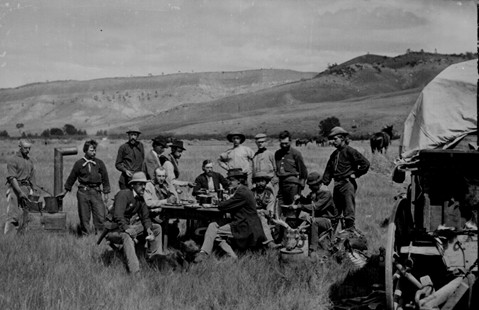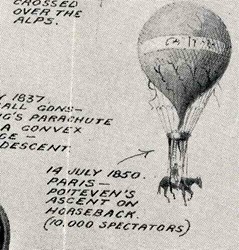 We’re in the midst of watching The Nazis: A Warning from History, which really should be required viewing for anyone who casually throws around Hitler analogies when discussing contemporary politicians. It’s chilling stuff through-and-through, loaded with interviews with unrepentant party members and victims of persecution alike. The series essentially argues that the Third Reich was enabled by the pettiness of workaday Germans, who took advantage of the Nazis’ obsession with policing-by-proxy to settle personal scores. In one scene we caught last night, for example, an interviewer confronts an elderly lady with damning evidence that she informed on an eccentric neighbor—a neighbor who was soon thereafter sent to perish in a concentration camp. The guilty lady just smiles and denies the whole thing, then tries to change the subject to the weather. Few documentary scenes of recent vintage have left us so ashamed of our speceis’ propensity for cowardice.
We’re in the midst of watching The Nazis: A Warning from History, which really should be required viewing for anyone who casually throws around Hitler analogies when discussing contemporary politicians. It’s chilling stuff through-and-through, loaded with interviews with unrepentant party members and victims of persecution alike. The series essentially argues that the Third Reich was enabled by the pettiness of workaday Germans, who took advantage of the Nazis’ obsession with policing-by-proxy to settle personal scores. In one scene we caught last night, for example, an interviewer confronts an elderly lady with damning evidence that she informed on an eccentric neighbor—a neighbor who was soon thereafter sent to perish in a concentration camp. The guilty lady just smiles and denies the whole thing, then tries to change the subject to the weather. Few documentary scenes of recent vintage have left us so ashamed of our speceis’ propensity for cowardice.
Oddly, the show has also given us a yen to read Mein Kampf, though only to gain some insight into how so obvious a megalomaniacal charlatan could have dragged the entire planet to the edge of the abyss. We obviously have mixed feelings about our desire, though, as we’d never want anyone to confuse our genuine intellectual curiosity with an endorsement of evil. If we do take the plunge, for example, we certainly won’t read the book on the 2 train, lest we suffer a beatdown between 96th and 125th Streets. (We somehow don’t think our intellectual-curiosity argument will fly on the subway.)
But in doing a little digging about the current Mein Kampf publication landscape, we were surprised to learn that the book’s a hit in Japan—albeit in manga form. This really surprised us, as we know that the Bavarian government, which currently holds the copyright on the infamous tome, has aggressively gone after foreign publishers of the work. But as it turns out, there’s a weird little loophole in the law that makes the Japanese edition copacetic:
The Finance Ministry of the state of Bavaria, which holds the copyright to the book, has refused to grant permission to reprint it out of sensitivity to victims of Nazi atrocities. The ministry lodged a strong protest when a Czech-language edition was published without permission in 2000.
Under the Berne Convention for the Protection of Literary and Artistic Works, however, Japanese publishers are entitled to publish a translation of a foreign-language book released in 1970 or earlier as long as no other translation was published within the first 10 years of release.
The manga version, known in Japanese as Waga Toso, has sold 45,000 copies in six months. We do wonder who the primary audience is—people who wish to gain a better understanding of evil so that history will not repeat, or quasi-Fascist flunkies. We sure hope it’s the former.


















